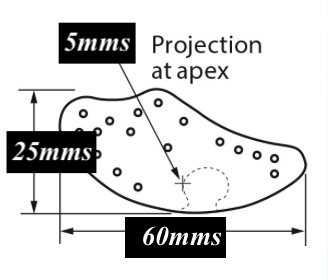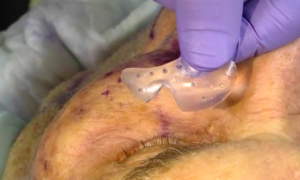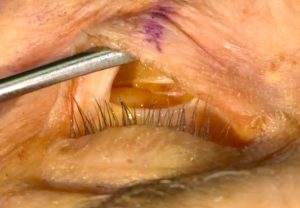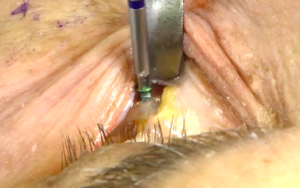Volume-assured augmentation of the upper midface is currently able to be done by two basic type of implants, cheeks and infraorbital styles. They both have a role to play which becomes more challenged when the midface augmentation is a three-quarter one…this means achieving a combined infraorbital and cheek augmentation effect. When this need arrives the best approach is a custom infraorbital-malar implant design.
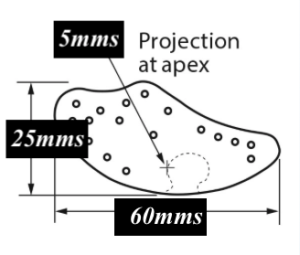
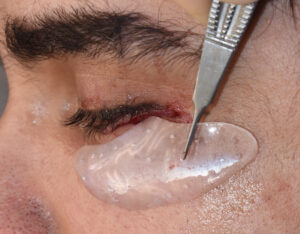
One of the unique uses of this suborbital implant is as part of a midface rejuvenation strategy. The cheeklift is a well known midfacial enhancement procedure. But lifting the soft tissue cheek pad never adds volume and can even create a flattening effect. That can be overcome by using this implant as a component part of the cheeklift.
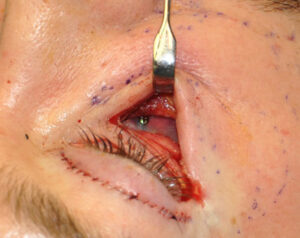
The cheek lift is performed on top of the implant by anchoring the tissues to a drill hole in the lateral orbital rim. The cheek can also be sutured to the implant as an extra supportive layer beneath the bone fixation lift. This is followed by a canthopexy, anchoring either the tendon and/or lateral reticular tissues to the orbital rim periosteum.
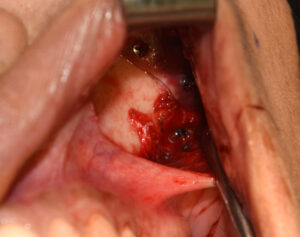
Dr. Barry Eppley
Indianapolis, Indiana

